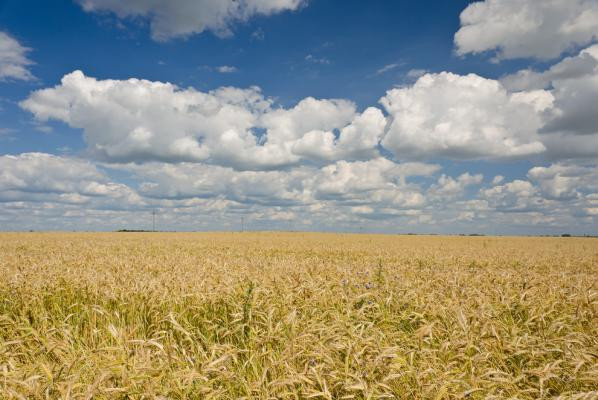Ancient particles provide insights into the birth and development of the world's oldest cities
By studying ancient particles, scientists have gained a deep understanding of how the world's oldest cities were born and developed about 8000 years ago.
By analyzing the isotopes of carbon and nitrogen in ancient rice grains, Oxford University archaeologists can recreate the richly diverse history of Mesopotamia, a historical area stretching across Iraq, Syria, and Turkey. Turkey and Kuwait today.
Research results of the group of scientists have been presented in detail in Nature Plants. This study shows that when the population in the ancient cities of this region increased, farmers promoted cultivation of larger areas instead of a concentrated one-on-one concentration. They tend to grow wider and sparser than grow thicker in a certain area.

Researchers believe that this development has brought great benefits to large areas, especially landowners, who have political, economic and social advantages have quickly done this. Since then, it has also increased profound class inequality especially in the central and urban areas.
In addition, the development of the farm area also brought great benefits to the cultivators and began gradually with access to individual plow animals.
In addition, the team discovered: 'Each grain of cereal is buried in an archaeological site of the area, enclosed with a record of the environmental conditions in which the grain is grown ,' said researcher Amy. Bogaard, an archeology professor at Oxford, said in a press release.
"Studying many seed samples from several archaeological sites allows us to build a picture of how agriculture changes before the merger and decline of early cities, especially the How do people face the need to live in developing cities that time? "
Not only that, the researchers found that as the scale of agricultural activity in Mesopotamia increased, labor resources were long-divided and the color of the land was also affected. The area of arable land decreases in which the fertility of the soil, many nutrients are not added promptly.
Bogaard said: "It is a solution that allows big cities to grow in the past, but it is dangerous when environmental conditions are constantly changing and old people have difficulty adapting in some areas. Consider how that prehistoric peasants confronted with changing conditions, could offer some useful advice for governments today who are facing the same pressures as population growth. with environmental change, climate change " .
You should read it
- Secretly reveal the nicknames of major cities in the world
- The ancient city buried in the seabed 1,700 years due to the tsunami
- Land degradation threatens millions of people in the future
- 'Ghost city' in the heart of the ocean and the mysteries of puzzle scientists
- Acid in the Arctic Ocean increases rapidly with climate change
- Deciphering the mysterious 5,000-year-old city was completely destroyed in just 1 night
 Treasure of Roman coins found in the old cemetery in Gelderland
Treasure of Roman coins found in the old cemetery in Gelderland Science has announced the most complete dinosaur skeleton of Japan
Science has announced the most complete dinosaur skeleton of Japan Many 4,500-year-old tools are found in Khurda, Odisha
Many 4,500-year-old tools are found in Khurda, Odisha China: Archaeologists discover the lost temple after 1000 years
China: Archaeologists discover the lost temple after 1000 years Explore the giant stone statue of the year 100 - 1800 on Easter Island
Explore the giant stone statue of the year 100 - 1800 on Easter Island 18 photos show that the technique of the ancients surpassed us
18 photos show that the technique of the ancients surpassed us